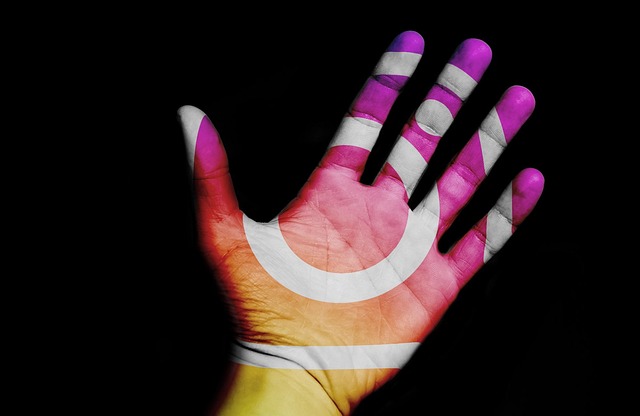The Influence of User Design in Social Media: Exploring its Impact on Information Consumption
In the digital era, social media platforms have transformed how we consume information. Every scroll, click, and swipe is not just a chance encounter but a carefully crafted experience orchestrated by user design. The aesthetic and functional elements of social media platforms greatly influence our behaviors and decisions, affecting everything from how we engage with content to what information we prioritize.
Understanding User Design
User design is about creating experiences that are not only visually appealing but also functionally intuitive. In the realm of social media, this means constructing interfaces that guide users seamlessly through content. Take, for example, the infinite scroll feature; it captures our attention and encourages prolonged engagement. Each time we see a new post, we are drawn in, often unaware of the hours slipping by as we consume information.
The Role of User Design in Information Impact
Social media platforms are designed to serve content that resonates with users based on their preferences and past interactions. By leveraging algorithms and personalized feeds, user design shapes our consumption of information. This can create echo chambers where only certain viewpoints are amplified, ultimately narrowing the spectrum of perspectives we encounter. The design not only organizes information but also influences what we perceive as important or relevant.
User Engagement and Emotional Connection
The psychological impact of user design on social media is profound. An engaging user interface fosters a sense of community and belonging, encouraging more users to share their thoughts and experiences. The visual appeal of posts, notifications, and updates can evoke emotions, creating an emotional tapestry that enhances user connection. In essence, the design transcends mere functionality; it builds relationships.
The Double-Edged Sword of User Design
While user design can enhance our experience, it also poses risks. The very features that make social media engaging can lead to information overload, user fatigue, and even anxiety. The pressure to consume trending news or viral content can be overwhelming, leading us to prioritize sensationalism over accuracy. This duality presents a challenge for users to navigate their information consumption in an ever-evolving digital landscape.
The Path Forward
As we continue to engage with social media, understanding the implications of user design becomes crucial. Being aware of how design shapes our consumption habits can empower us to make more informed choices about the information we seek and share. It calls for a more critical approach to navigating our feeds and emphasizes the importance of seeking diverse sources to enhance our understanding of the world.
Ultimately, user design is not just a technical consideration; it’s a powerful force that shapes our interactions with information in social media. By exploring its impact, we can recognize our roles as both consumers and creators, striving for a digital experience that values clarity, inclusivity, and authenticity.




